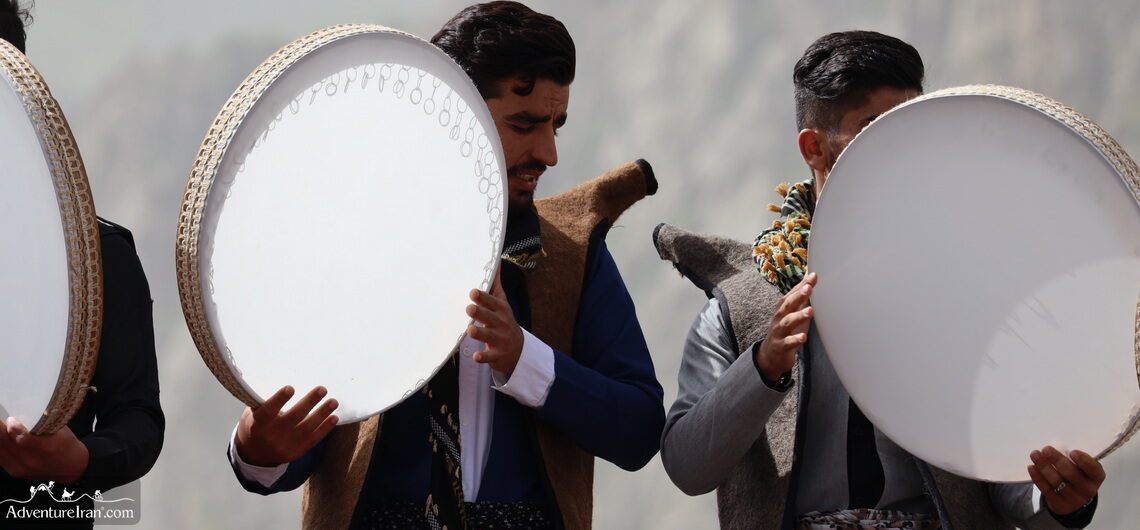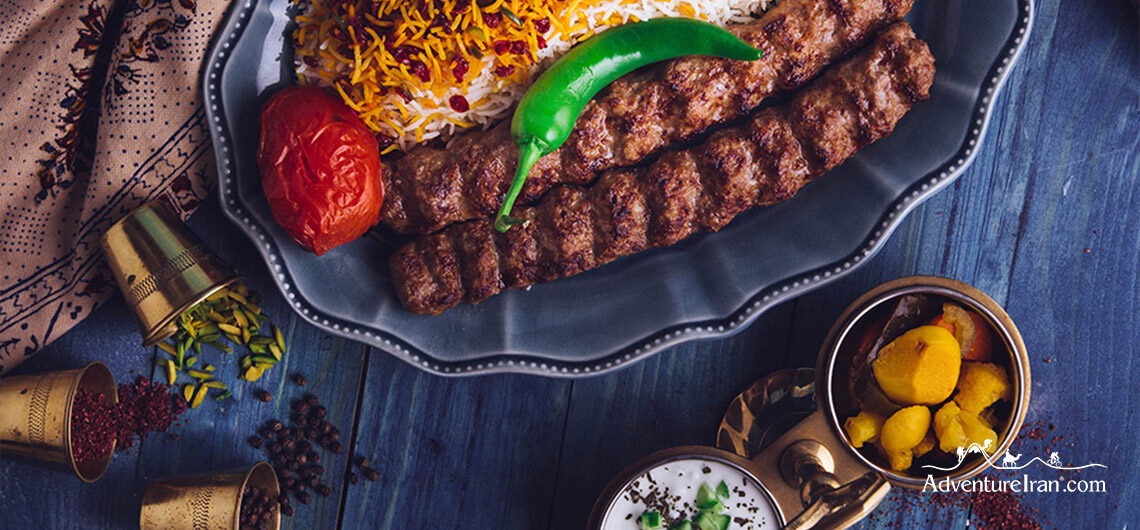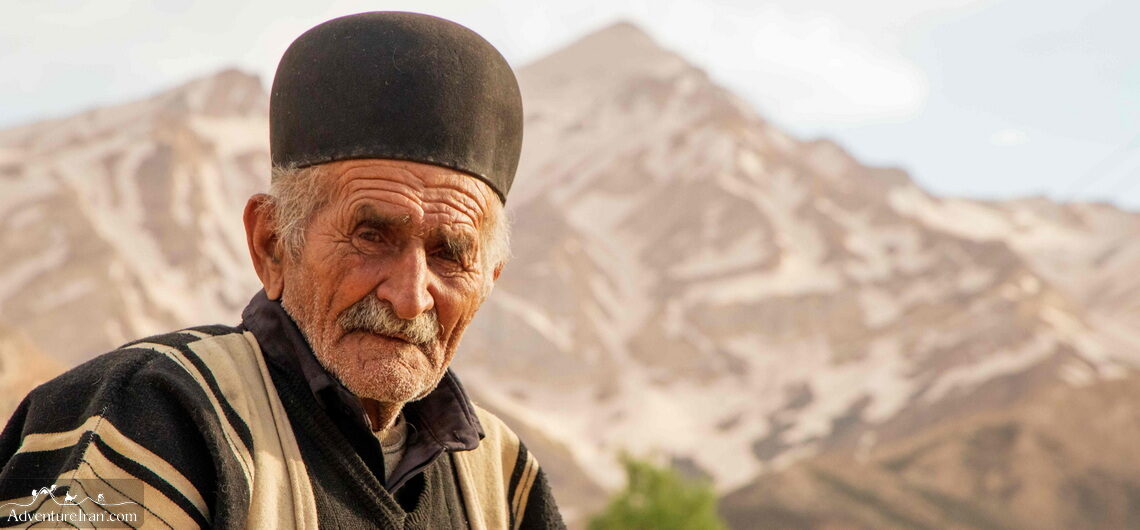Kurdish Festival of Pir Shaliar Introduction Pir Shaliar, also written Pir-e Shalyar, is one of the historical Iranian ceremonies which take place in the Kurdish region of Iran. Iranian Kurdistan is one of the most active provinces with a lot of activities. The instruments of Daf and Tanbor (Tanbur) were born in the Kurdish regions
Best Persian Cookbooks Iranian dishes or Persian food have been increasingly popular around the globe compared to the past. In recent years, many travelers and tourists travel to Iran to have an authentic experience. Moreover, the number of visitors who are looking for Persian cookbooks or cooking classes in Iran has increased. We have many
Ten Useful Tips for Traveling to Iran As one of the ancient cradles of civilization, Iran is a vast country embracing various climatic conditions, ethnic groups, and cultures. The variety in attractions, landscapes, traditions, customs, and activities is so amazing that may make you bewildered. If you wish to travel to Iran for the first
A Guide to Bakhtiari Nomadic Tribes
- Culture & History, Destinations
- Bakhtiari, Bakhtiari nomadic tribes, Bakhtiari Nomads Territory, Iran Nomad, Iran nomad Tours, Iran Nomadic Tours, Iran Nomadic Tribes, Iran nomads, Iran people photography, Iran photography, Iranian nomadic people, Iranian nomads, Nomads, seasonal migration, Zagros Mountain Range
Iran Bakhtiari Nomads From ancient times, the human being has always sought different ways to adapt himself to natural and climatic situations and geographical limitations. Iran, as one of the vast oldest cradles of civilization, embraces a wide range of climatic conditions settled by various ethnic groups. The diversity is so amazing that it is




